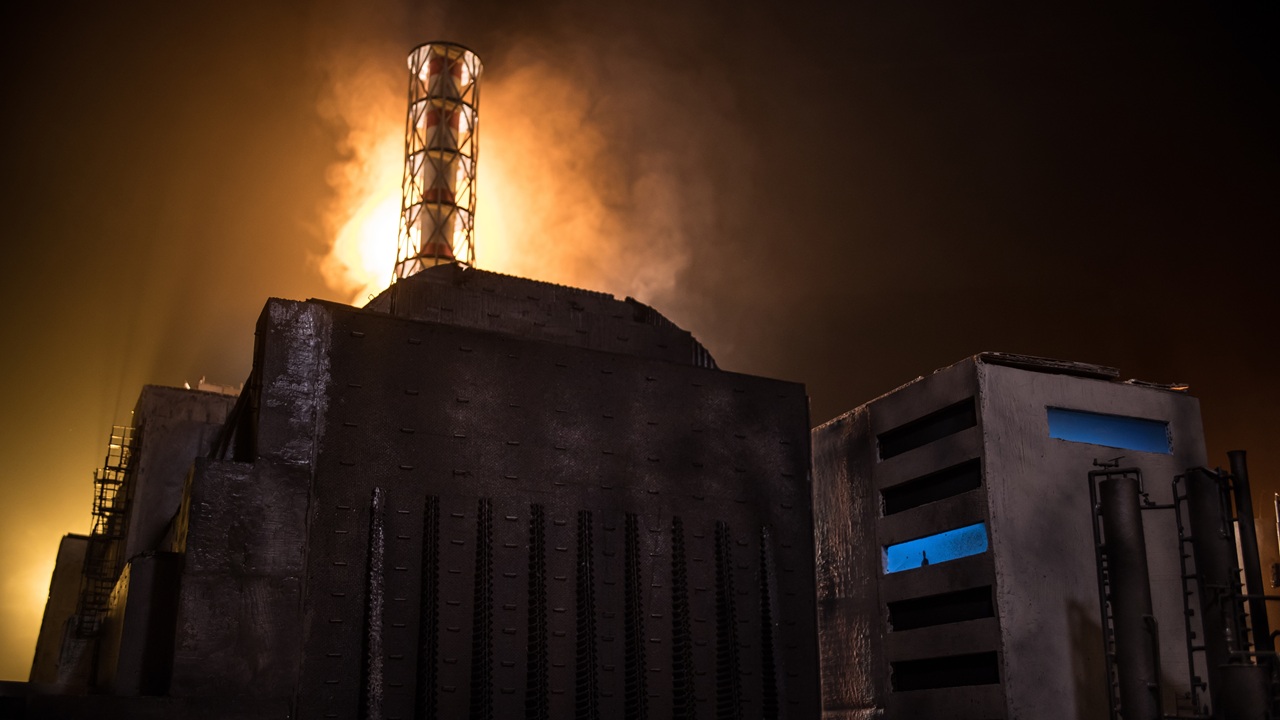Russia promptly accused Ukraine of planning the Chernobyl attack as a “false flag” operation.
A Russian drone is reported to have struck the Chernobyl nuclear power plant’s concrete “sarcophagus” in the early hours of Friday in an overnight attack. The unmanned aerial system (UAS) was carrying a high-explosive warhead, Ukrainian President Volodymyr Zelensky said in a media statement.
The drone had hit the plant’s “New Safe Confinement” shelter, which, according to Euronews, “was built through international cooperation to contain the remnants of the 1986 Chernobyl (known as Chornobyl in Ukraine) disaster. It was designed to prevent radiation leaks and safeguard the site and the broader area from environmental hazards.”
Although the strike may have damaged the dome, radiation levels were reported to be stable as of Friday. The International Atomic Energy Agency (IAFA) confirmed that the strike occurred and announced it was “monitoring the situation.”
“This shelter was built by Ukraine together with other countries of Europe and the world, together with America – all those committed to real security for humanity. The only country in the world that attacks such sites, occupies nuclear power plants, and wages war without any regard for the consequences is today’s Russia. This is a terrorist threat to the entire world,” Zelensky said in a post on X (formerly Twitter).
Zelensky’s comments were quickly met by skepticism on X, with users—some of which are likely accounts set up by Russia—dismissing the attack as a “false flag” event, carried out to gain support from the West.
Kremlin spokesperson Dmitry Peskov said Moscow was not behind the attack.
“Most likely, this is yet another provocation,” Peskov told reporters, according to CNN. “This is exactly the kind of thing the Kiev regime is known for and sometimes does not hesitate to do.”
Russian Foreign Ministry Spokeswoman Maria Zakharova also claimed on Friday that Ukraine had been planning an attack on the Chernobyl nuclear power plant.
“We have repeatedly warned that the Kiev regime is preparing such provocations. Unfortunately, our fears turned out to be justified. All this confirms that nuclear technologies in the hands of Zelensky’s criminal regime pose a grave threat to international peace and security,” Zakharova told Russian state media outlet Tass.
It should be noted that Russia has carried out numerous drone strikes on Ukraine’s critical infrastructure, including on its energy grid.
The Chernobyl Sarcophagus: Key Facts
The New Safe Confinement shelter was built to partially replace and enclose the original hastily-built Shelter Structure that covered Chernobyl’s Reactor Number 4 following the 1986 meltdown at the plant. Constructed between May and November of that year, it was intended to limit the radioactive contamination in the area.
That original shelter was described as a sarcophagus in reference to the stone coffins used in the ancient and classical eras by such civilizations as Egypt, Greece and Rome. The sarcophagus encased the molten core of the reactor, as well as an estimated 200 tons of highly radioactive material. Its stability had been in question for years, which led to the construction of the New Safe Confinement structure.
“Overcoming the risks and difficulties inherent in the project required years of groundwork and preparation, as laid down in the Shelter Implementation Plan (SIP). Work on the New Safe Confinement at the site started in late 2010 and the structure was moved into position in November 2016,” the European Bank for Reconstruction and Development (EBRD) explained on its website.
It is much more than a simple giant tomb enclosing the radioactive material.
According to World Nuclear News, the NSC is also mobile to a point, and “[it] is the largest moveable land-based structure ever built – with a span of 257 metres, a length of 162 metres, a height of 108 metres and a total weight of 36,000 tonnes equipped – and with a lifetime of 100 years has been designed to allow for the eventual dismantling of the ageing makeshift shelter from 1986 and the management of radioactive waste.”
The NSC was further designed to “withstand” extreme temperatures, as well as “a class-three tornado, and an earthquake with a magnitude of 6 on the Richter scale.” It likely wasn’t designed to come under fire during a war and certainly not to survive multiple drone strikes—but who would have ever considered that such an action would occur? That would be like trying to create another nuclear disaster.
About the Author: Peter Suciu
Peter Suciu is a Michigan-based writer. He has contributed to more than four dozen magazines, newspapers, and websites with over 3,200 published pieces over a twenty-year career in journalism. He regularly writes about military hardware, firearms history, cybersecurity, politics, and international affairs. Peter is also a Contributing Writer for Forbes and Clearance Jobs. You can follow him on Twitter: @PeterSuciu. You can email the author: [email protected].
Image: Shutterstock.
